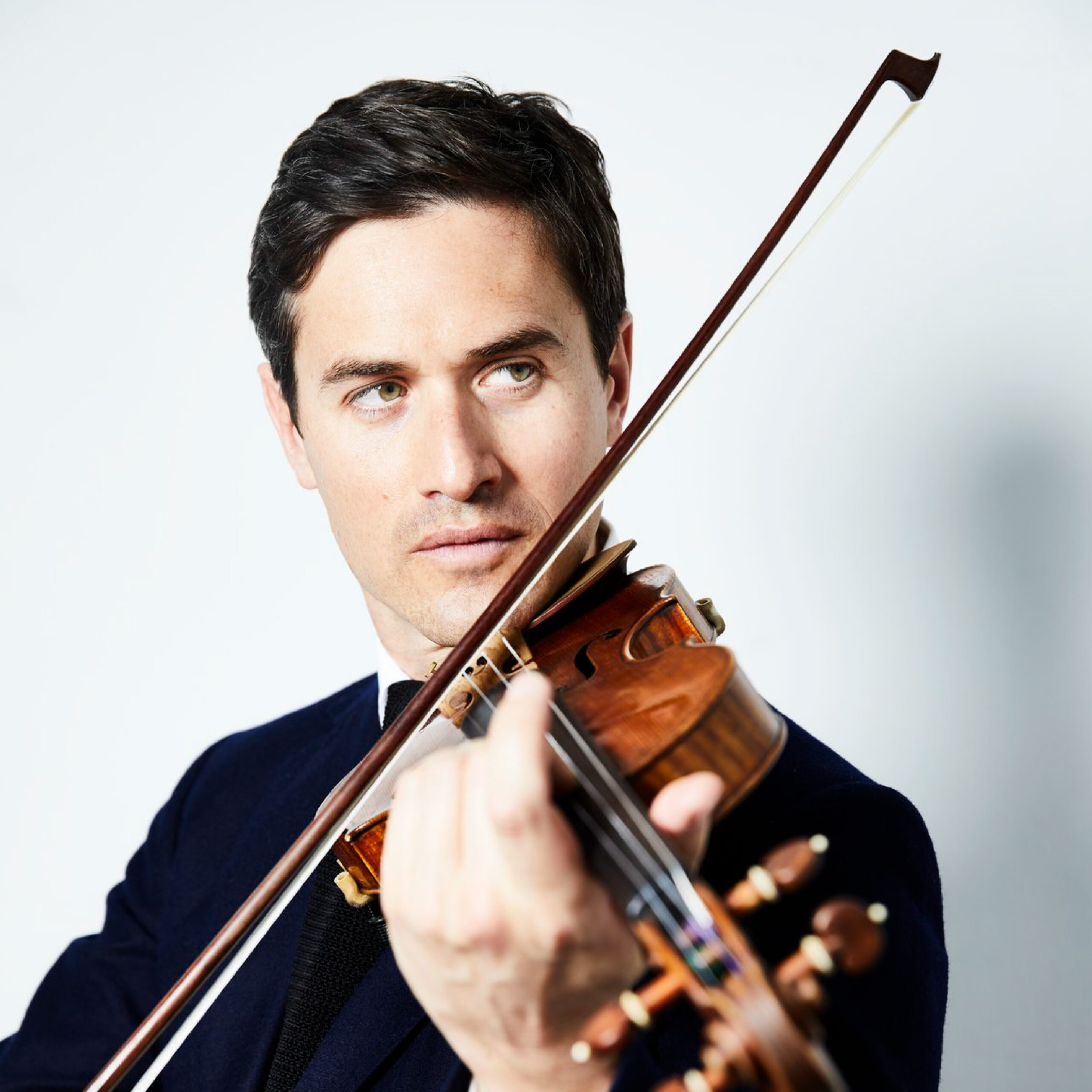


At the Paganini, applause for the violinist and conductor
The Toscanini captivates with Siem and Cilluffo
“With a subtle sonic frenzy that immediately envelops the listener, Orazio Sciortino commences the "Grande Bagatella," commissioned by the Toscanini Foundation and the Teatro di Piacenza—a thread that extends through space with minimal jolts, a touch of bell, fleeting silences, while the fabric thickens alluding to a symphonic memory that seems to emerge subliminally until the end when the toy has run out of charge. A game, it seems to me, that of Sciortino, a pianist of assured musicality and a composer of his own inventive flair, in the freest way his musical thought branches out, somewhat like Twombly's carefree pencil leaves an improbable trace on the rough white canvas.
From this "game" by Sciortino, which entertained the numerous audience of the Auditorium Paganini, we entered the "sancta sanctorum" of romantic violinism with Max Bruch's first concerto, the prestigious soloist Charlie Siem, who entered into the spirit of the Concerto—once at the peak of interpreters' and the audience's preferences, but still today a testament to a happy season—with a decisive, almost heroic stroke, displaying a violinism of sure caliber and the same physicality he cleverly alternated with the trembling sensitivity with which he "sang" the famous sweet phrase of the "Adagio". To finally unleash a crystal-clear virtuosity in Paganini's twenty-fourth "Caprice" offered as an encore.
The heated atmosphere of the "Concerto" found sure comfort under the direction of Francesco Cilluffo, who kept firm control of the ensemble in that alternation of blacks and whites typical of Bruch's "picturesque" romanticism. A different landscape opened in the second part with Sibelius's first Symphony, an opportunity to broaden the image of the Finnish composer, almost exclusively linked to the captivating twilight hues of his "Valse triste", and expanded for some enthusiasts by his two major symphonic poems, "A Saga" and "Finlandia"—titles that seem to make the framework in which the musician is usually placed, that of the so-called "national school", even more stringent. In reality, the picture is much more complex, as evidenced by the vastness of a production that represents nearly all genres, the fruit of a long and industrious life, even though the last thirty years were shrouded in sorrowful silence, also due to fidelity to the principle the composer gave to young students: "Never write any superfluous note; every note must live."
Listening to the First Symphony brings us closer to the beginning of an experience in which certain tensions inherited from the twentieth century and destined to radiate towards the most singular solutions are reflected. The Finnish composer was not exempt from such discomfort, as seems to transpire from the resentments of the language, and yet he found comfort not only in the great late romantic tradition assimilated in the years of his formation but especially in the exemplary force emanating from nature, from the vast spaces of his homeland's landscape, a suggestion that often transcends the impressionist approach to become musical structure. These are the traits of a breath that Cilluffo sought to release within the limits allowed by his commitment to square everything with the authority of a sure baton. An evening of intense enthusiasm.”
Gian Paolo Minardi